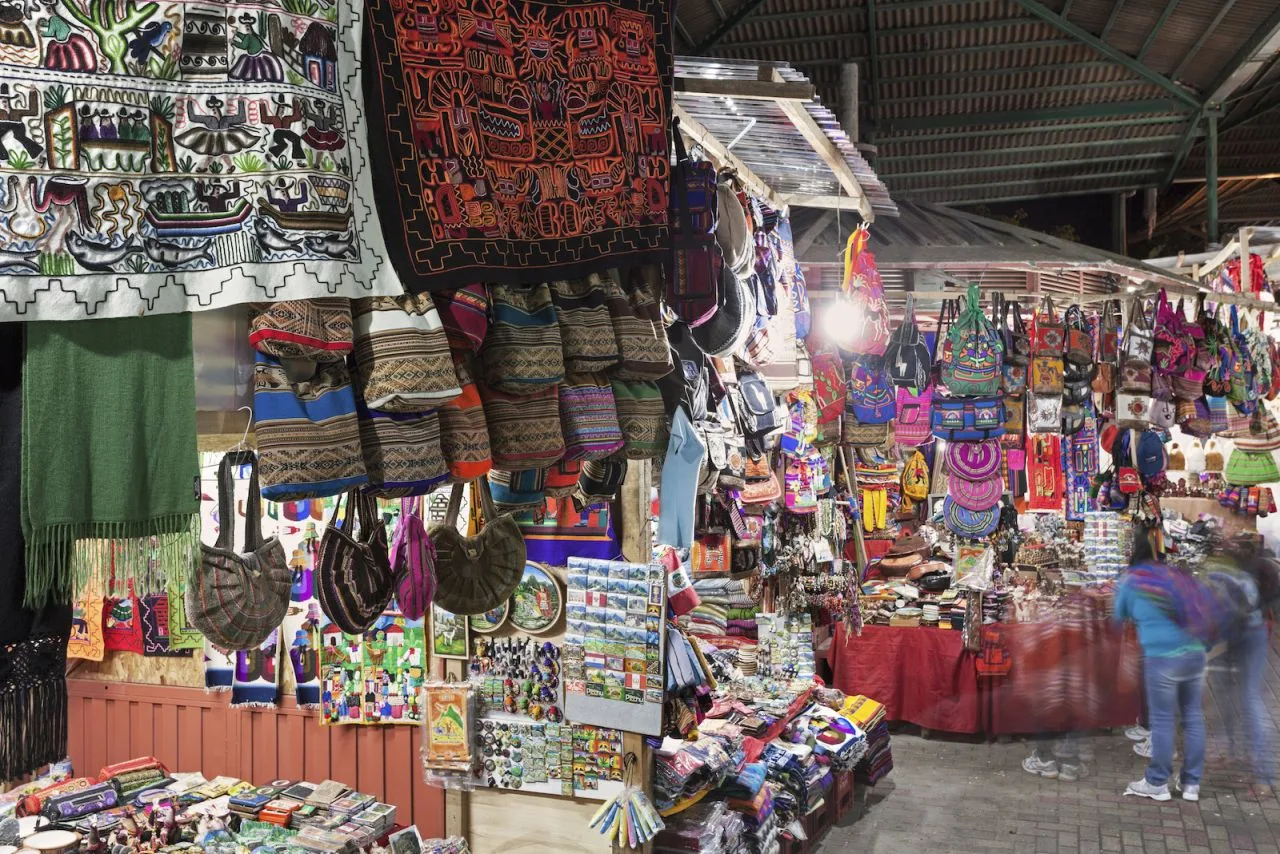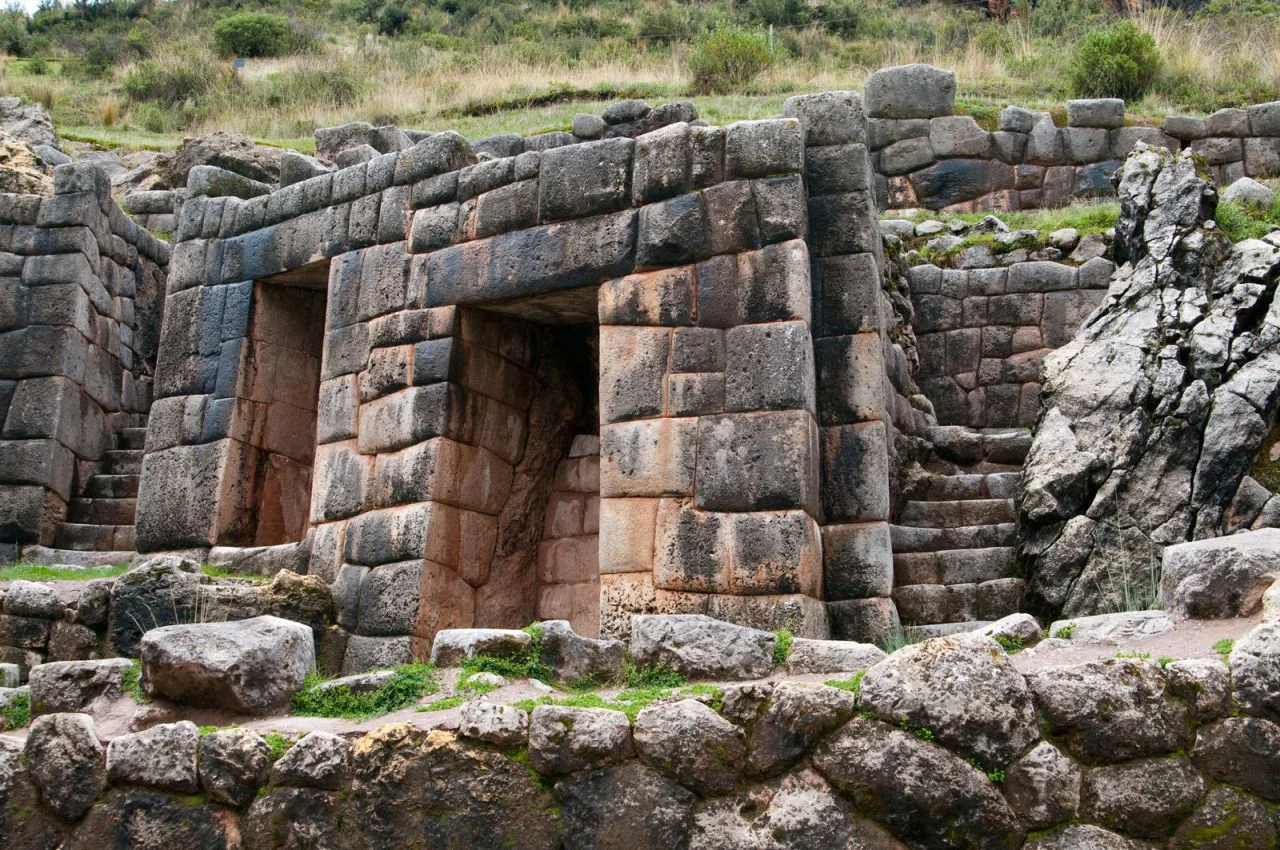Aguas Calientes
Address
Aguas Calientes
GPS
-13.15457440435, -72.524249550968
Thousands of tourists from all around the world visit Aguas Calientes every day on the wat to see the spectacular Machu Picchu. This relatively small town has become one of the world’s most cosmopolitan because of the many different ideas, cultures, nations, faiths, etc. that coexist here.
There are about 3,400 permanent residents, and about 1,500 tourists pass through this small hamlet every day on their way to the Inca citadel of Machu Picchu.
There are places to stay and eat, a train station, a marketplace for handmade goods, a thermal bath, and other essential public services.
This is the only entrance and exit for the Inca citadel of Machu Picchu. The distance to the archaeological site is around 1 hour and 30 minutes on foot, or 6 kilometres (3.7 miles).
Where is it?
 Aguas Calientes is a town in the Machu Picchu region of the Urubamba province of Peru. It is the seat of government for the district that shares its name. The Historic Sanctuary of Machu Picchu is reached by this road.
Aguas Calientes is a town in the Machu Picchu region of the Urubamba province of Peru. It is the seat of government for the district that shares its name. The Historic Sanctuary of Machu Picchu is reached by this road.
Just below Machu Picchu lies the modest but sophisticated city of Aguas Calientes. Machu Picchu town got its name since it is so close to the Inca City of Machu Picchu.
It can be found in the lower half of the Sacred Valley of the Incas, the Urubamba Valley, 112 km northwest of Cuzco. It’s roughly 1 hour and 30 minutes’ walk from the archaeological zone, which is 6 kilometres away.
History
The year 1901 marks the beginning of its history, as it was when work began on the railway that would eventually connect the cities of Cusco and Santa Ana in the province of La Convencion. In 1928, the railroad reached the Maquinachayoq camp area, which served as the nerve centre for the railroad’s heavy machinery and equipment.
 A tiny farming community lived there until 1901, after which it became a railway workers’ camp known as Campamento Maquinachayoq and remained in use until the late 1920s. Until the railway was finished in 1931, this community served as the pivot around which labourers and their supplies could cluster.
A tiny farming community lived there until 1901, after which it became a railway workers’ camp known as Campamento Maquinachayoq and remained in use until the late 1920s. Until the railway was finished in 1931, this community served as the pivot around which labourers and their supplies could cluster.
The Machu Picchu village was commonly referred to as “Aguas Calientes.” It is most famous as the gateway to the Inca citadel of Machu Picchu. There is no need for cabs or public transport because everything is within walking distance; this is a city with an unplanned population caused by its mountainous location. There’s a train station and a minibus terminal there, so you can get from the city to the Machu Picchu archaeological zone on the mountain.
Current facts and events that have directly and significantly stimulated the tourist development of the district include the 2007 declaration of the Historic Sanctuary of Machu Picchu as one of the new seven wonders of the modern world, the 2011 celebration of the centenary of its scientific discovery, and the worldwide election of Peru as the first tourist destination.





